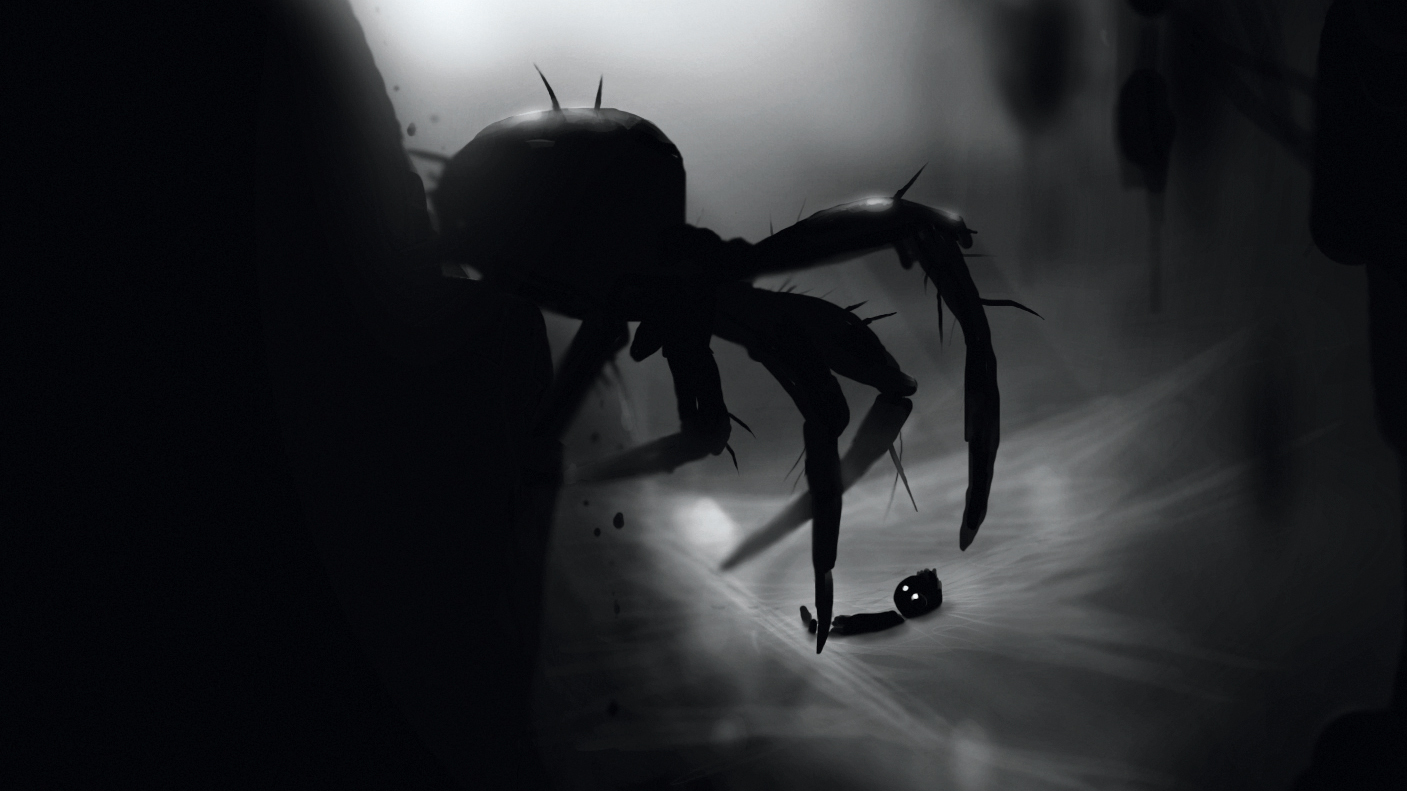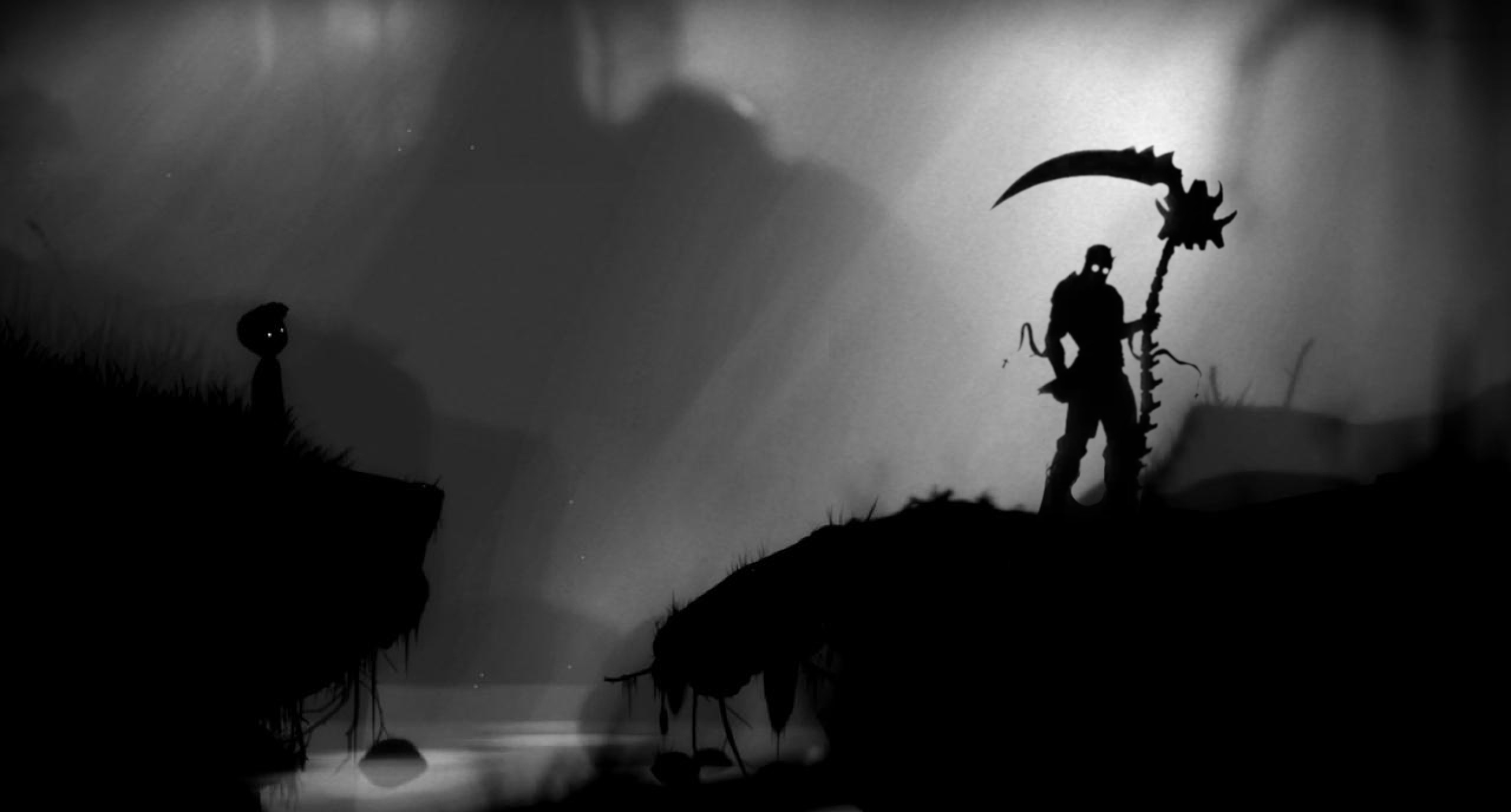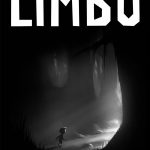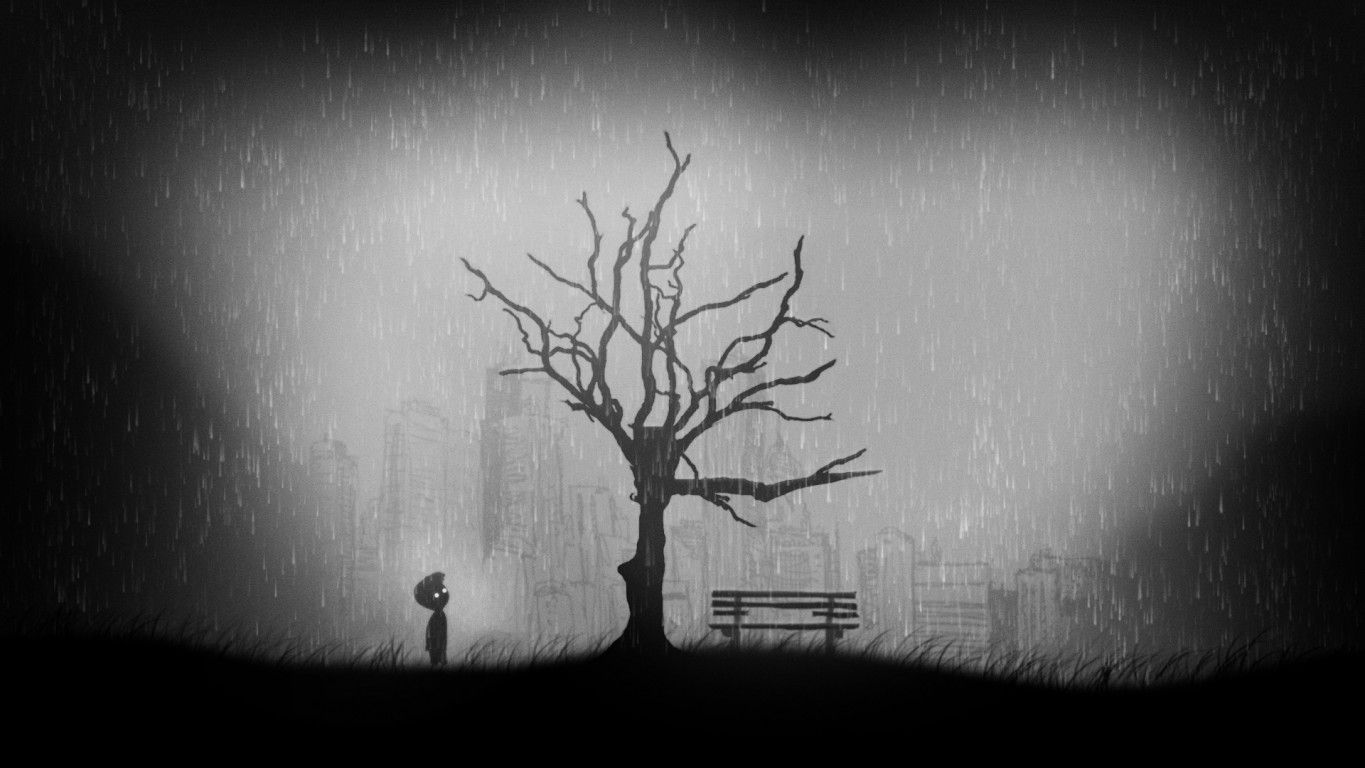What does it mean to revisit one of the most classic and revered indie titles of all time?
A game, which not only made waves of its own when released back in 2010, but signaled a wider sea-change in the ability of independent studios to make smaller games for good money. Playdead Studio’s Limbo is characteristic of this first wave of indie games, alongside the original release of Minecraft, Fez and a handful of others. Feted a hundred times, how does Limbo hold up on a second viewing? And how does it hold up to its successor, a game highly anticipated and lauded as a masterpiece at launch? Does Inside trump Limbo and leave it in the lurch, or was the original the best?

LIMBO – Playdead Studios
Recently released on the Nintendo Switch alongside its follow-up Inside, Limbo is emblematic of what independent gaming has become. What could now appear cliche in the multitude of 2D platformers released every week on Switch actually started with games such as this. Sombre, ambient music, a minimalist aesthetic and puzzles all ensconced in an ambiguous narrative are table stakes now, but Limbo was on the leading edge upon its release in 2010. For those who have never played it, Limbo is a 2D puzzle platformer set in an eerie black and white world. Mysterious children attack and disperse, dilapidated buildings crumble as you walk through them, and a sense of foreboding permeates the entire experience.
Played again in 2018 it’s almost quaint to see some nascent characteristics of indie games make their start in Limbo. As a package though it still works together, and is a true classic not only of the genre but of gaming generally. If you’ve never played it and have been curious to see what the fuss is about, Limbo on the Nintendo Switch could very well be the place to start.

LIMBO – Playdead Studios
The fact that it’s a nine year old game rarely comes through, though some of the Level design decisions if redone today may be a little different. I personally, for example, am not a fan of having to having to fail at a puzzle multiple times just to see how I can proceed. A good puzzle should have its end goal immediately visible and all the tools to get there, obvious and apparent, and unfortunately that’s not so for some parts of Limbo. There are also some one-off mechanics that make some puzzles more difficult than they should be.
Inside is a different matter.
As the follow up to the wild success of Limbo, Inside is a clear step up in almost every area. Graphically, its art style is just as iconic but vastly more expressive. Though it can only move on a 2D plane, it uses depth in an impressive way.
Its ending remains one of the most enigmatic and surprising moments in modern gaming, and is just as, if not more powerful upon my revisit after reviewing it nearly two years ago. Back then I said there is “no doubt Inside is a work of art”, and two years later that remains just as true. Its overlapping meanings and environmental storytelling remain first-class, and it’s a masterclass in narrative design. The puzzles are less inspired though, and whatever Playdead comes next needs to eschew box-based puzzles entirely – the concept is now completely played out.

Inside – Playdead Studios
On the technical side I didn’t experience any issues with either port of Limbo or Inside, which you could expect from a graphically simple, almost 9 year old game for Limbo and the relatively simply geometry of Inside. Both run smoothly and the art styles hold up as a strong aesthetic that hasn’t dated or aged out. And while it still works well in portable mode, much of the tone and atmosphere of Limbo and Inside is lost once subject to competition from jostling commuters and bumpy bus rides. These are games best experienced with headphones on the biggest screen that you can. Still, I appreciated being able to experience these games on airplanes and public transport.
Playdead have proven themselves one of the best developers around, and these two games are testament to their skill. While their relatively high price on Switch may put off some, that would be a mistake if you’ve never tried them before. Both are essential experiences for not only Switch owners, but gamers more broadly.
While the Switch is fast turning into a port machine, this shouldn’t be seen as something to hold against it. Instead, the Switch is opening up new and old experiences to new audiences, some of whom may not have even been around upon these games’ original release (time to feel old: now). I can’t wait to see what Playdead do next, whether it’s another attempt at the same genre or something entirely new.
But for now two of the best games on one of the best systems can’t hurt, right?
[rns_reactions]

Released: June 2018
Rating: PG
Platforms: Nintendo Switch
Genre: Platformer, Puzzle
Developer: Playdead Studios
Publisher: Playdead Studios</p

